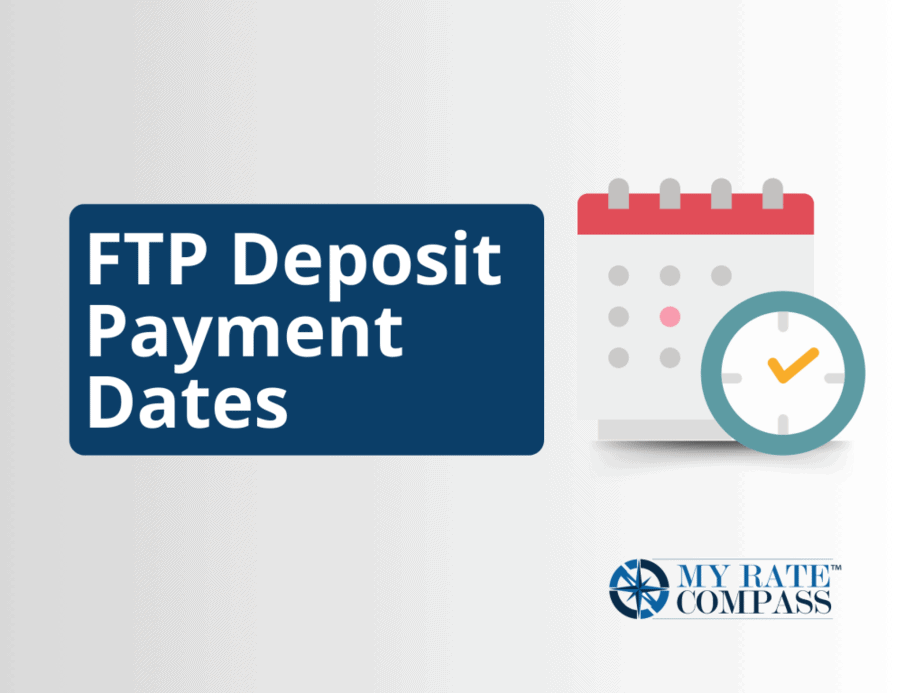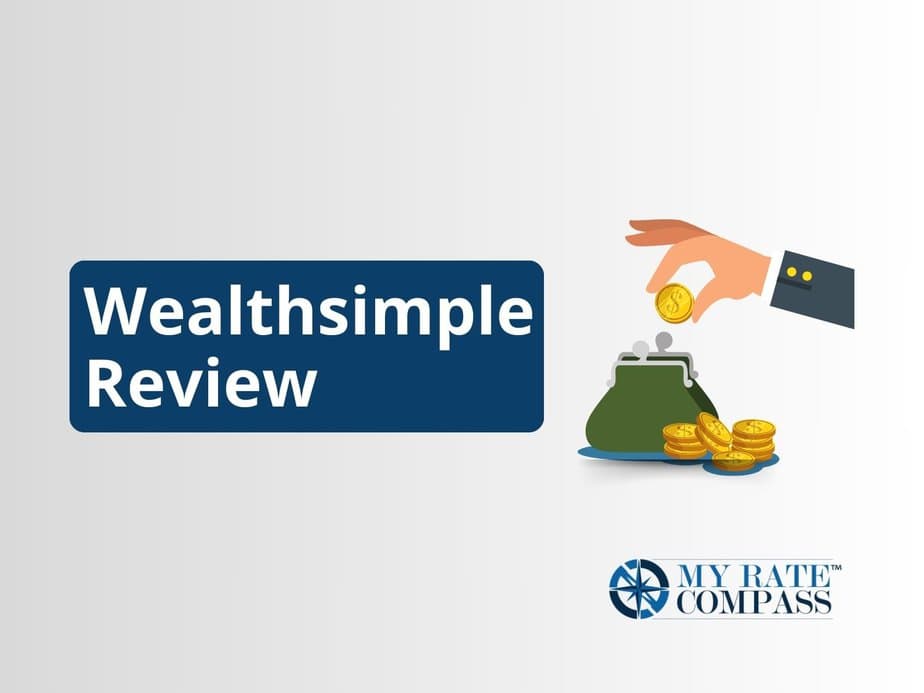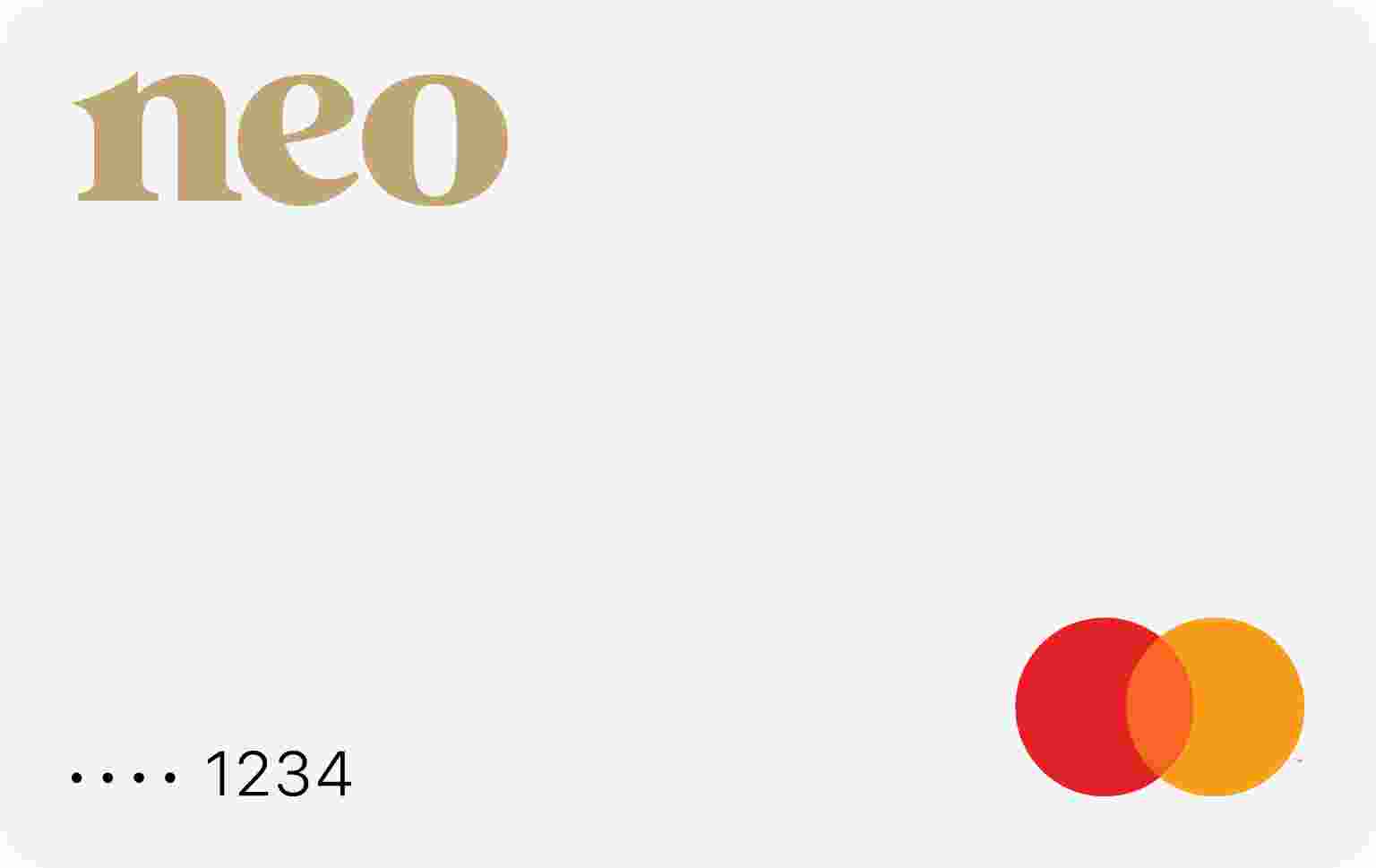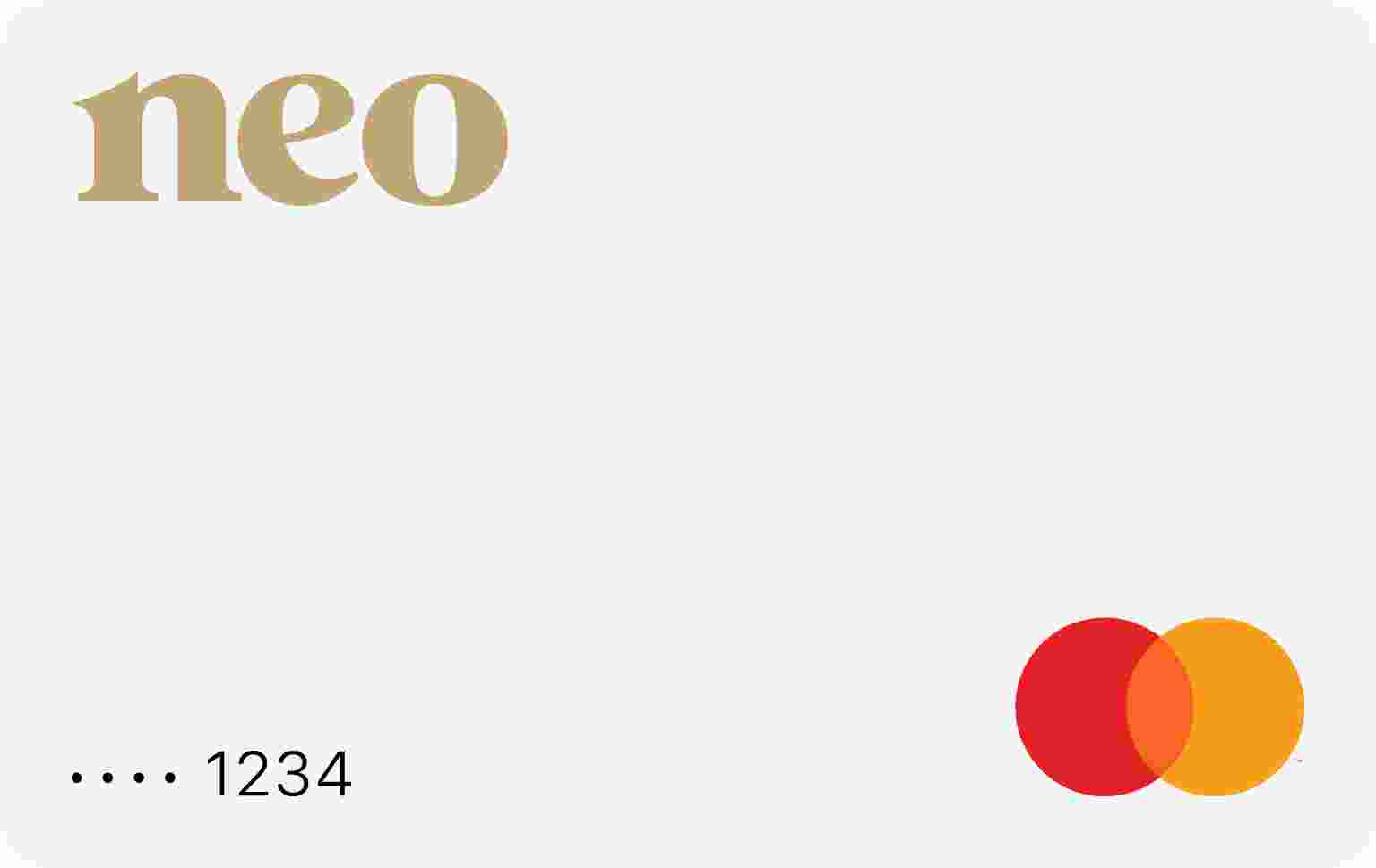Introduction
When you see a deposit labeled “Canada FPT” in your bank account, it’s natural to wonder where the money is coming from and what it’s for. In this article, we will demystify Canada FPT deposits, explaining what they stand for, who is eligible, and how they can benefit you. We will also provide a detailed overview of the payment dates for 2024 and answer some frequently asked questions. So let’s dive in and unravel the mystery behind Canada FPT deposits.
What is Canada FPT?
Canada FPT stands for “Federal-Provincial-Territorial” tax credits. These deposits are usually associated with government benefits administered by the Canada Revenue Agency (CRA). The most common Canada FPT deposits are the GST/HST credit and the Canada Child Benefit (CCB). However, there are a few other provincial benefits that may also be paid under the Canada FPT code, such as the British Columbia Climate Action Tax Credit and the Ontario Senior Homeowners’ Property Tax Grant.
GST/HST Credit
The Goods and Services Tax/Harmonized Sales Tax (GST/HST) credit is a quarterly payment provided to eligible individuals. The amount you receive depends on your marital status and the number of children you have. The payment dates for 2024 are as follows:
- January 5, 2024
- April 5, 2024
- July 5, 2024
- October 4, 2024
For the July 2023 to June 2024 payment period, the maximum amounts are as follows:
- Single individual: up to $496
- Couples: up to $650
- Child under the age of 19: up to $171
Canada Child Benefit
The Canada Child Benefit (CCB) is a monthly payment designed to help parents with the costs of raising children under the age of 18. The CCB, formerly known as the Canada Child Tax Benefit, is paid on the following dates in 2024:
Canada Child Benefits (CCB)
- January 19, 2024
- February 20, 2024
- March 20, 2024
- April 19, 2024
- May 17, 2024
- June 20, 2024
- July 19, 2024
- August 20, 2024
- September 20, 2024
- October 18, 2024
- November 20, 2024
- December 13, 2024
The maximum amount of CCB per child depends on their age:
- Children under the age of 6: up to $7,437 per year or $619.75 per month
- Children between the ages of 6 and 17: up to $6,275 per year or $522.91 per month
The actual amount you receive is based on your adjusted family net income (AFNI). If your AFNI is below $34,863, you will receive the maximum benefit for each child.
Other Provincial Benefits
In addition to the GST/HST credit and the CCB, there are a few other provincial benefits that may be paid under the Canada FPT code. These benefits include:
- British Columbia Climate Action Tax Credit: This credit is designed to help low-income individuals and families with the carbon taxes they pay. It is paid quarterly, along with the GST/HST credit.
- Ontario Senior Homeowners’ Property Tax Grant: This grant provides financial assistance to eligible senior homeowners in Ontario. It is also paid under the Canada FPT code.
Who is Eligible for Canada FPT Deposits?
To qualify for Canada FPT deposits, you need to meet the eligibility requirements for the specific program. Here are the general eligibility criteria for the GST/HST credit and the CCB:
GST/HST Credit Eligibility
To be eligible for the GST/HST credit, you must:
- Be a Canadian resident for income tax purposes
- Be at least 19 years old
- Have or have had a spouse or common-law partner
- Be a parent and live with your child (or have been a parent and lived with your child)
Canada Child Benefit Eligibility
To be eligible for the CCB, you must:
- Be a resident of Canada for tax purposes
- Live with a child who is younger than 18
- Be primarily responsible for raising the child
If you are also receiving the Child Disability Benefit (CDB) as part of the CCB, your child must be eligible for the disability tax credit.
Are Canada FPT Deposits Taxable?
No, Canada FPT deposits are non-taxable benefits, meaning they are tax-free. However, the amount you receive may be based on your net income from the previous year. For the GST/HST credit, the CRA uses your net income from line 23600 (single) or your combined family net income to assess your eligibility. It’s important to file your income tax return even if you haven’t earned any income. The same applies to CCB payments, as the amount you receive is impacted by your net family income.
Maximizing the Benefits of Canada FPT Deposits
Now that you understand what Canada FPT deposits are and how they work, let’s explore some ways you can put them to good use:
1. RESP Contributions
If you have children, one way to maximize the benefits of Canada FPT deposits is by opening a Registered Education Savings Plan (RESP). By contributing to an RESP, you can start saving for your child’s college education from an early age. The government also provides matching contributions up to a certain amount annually, helping your savings grow even faster.
2. High-Interest Savings Account
If you don’t already have an emergency fund, consider opening a high-interest savings account to deposit your Canada FPT payments. Look for accounts with competitive interest rates and minimal fees. One option to consider is EQ Bank’s Savings Plus Account, which offers a non-promotional interest rate of 3.00%*, unlimited debits and bill payments, and free unlimited Interac e-Transfers.
3. Investment Accounts
Another option to consider is opening an investment account, such as a Registered Retirement Savings Plan (RRSP), a Tax-Free Savings Account (TFSA), or a non-registered personal account. By investing in low-cost ETFs (Exchange-Traded Funds), you can potentially grow your wealth over time. Questwealth is a popular investment platform that offers professionally managed ETF portfolios, multiple account options, low fees, and even allows readers of this blog to invest up to $10,000 free for the first year.
Frequently Asked Questions
1. What does Canada FPT mean in my bank statement?
Canada FPT deposits refer to federal, provincial, or territorial program benefits that are paid out by the Canadian government. They can include the GST/HST credit, CCB, and other social programs.
2. Is Canada FPT the same as GST?
The GST/HST credit payments are often included in the Canada FPT deposits you see on your bank statement. However, Canada FPT can also include other provincial benefits.
3. How often do I receive Canada FPT deposits?
The GST/HST credit is paid quarterly in January, April, July, and October. The CCB is paid monthly.
4. How much can I receive through Canada FPT?
The maximum Canada Child Benefit per child is $7,437 for children under 6 and $6,275 for children between the ages of 6 and 17. The maximum GST/HST credit is $496 per adult and $171 per child.
Final Thoughts
Understanding Canada FPT deposits is essential for planning your finances and making the most of the benefits available to you. Whether it’s the GST/HST credit or the Canada Child Benefit, these deposits can provide much-needed support to individuals and families. By knowing the eligibility criteria, payment dates, and how to leverage these deposits, you can take control of your financial future. Remember, it’s always a good idea to consult with a financial advisor or tax professional to ensure you make informed decisions based on your specific circumstances.






